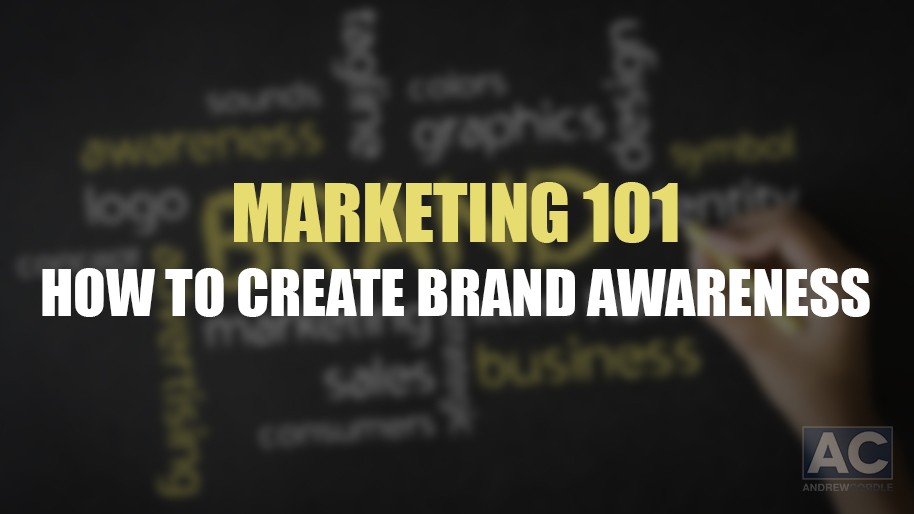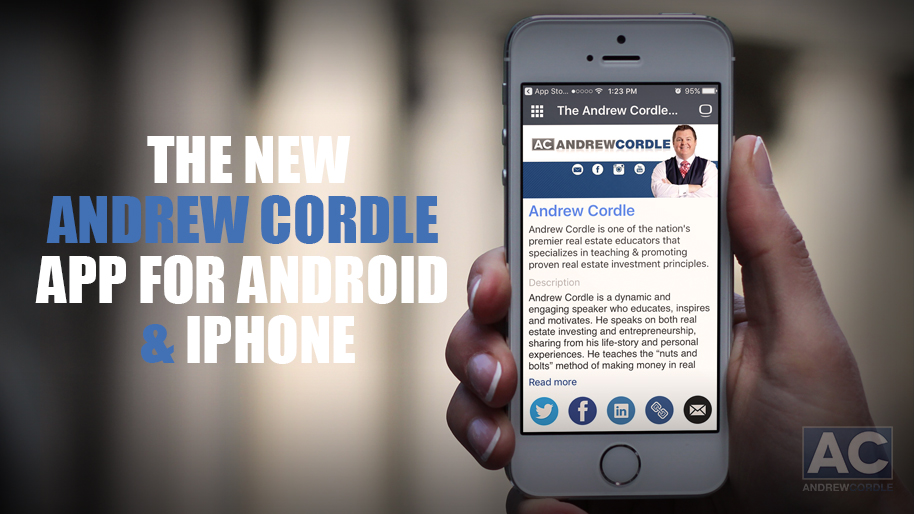Marketing 101: How to Create Brand Awareness
December 16, 2014

How do you begin creating “brand awareness” for your products? Over time, one needs to establish positive brand awareness that promotes the possibility of the purchase of your product in the future. The initial impression of your brand is of utmost importance! Beyond this, however, are all of the future impressions that may be formed regarding your brand.
BRAND AWARENESS
Your brand awareness measures a consumer’s knowledge of your product.
Challenges in creating brand awareness:
1. Do potential customers even know that you exist?
2. Is your product better?
3. Why pay more for your products rather than from a less expensive alternative?
Maintaining Brand Awareness:
Ensure your brand promise is clear. Be simple, be direct, and by all means, be consistent. Focus on creating a well-conceived brand name. Even the most clever branding strategy will fall flat if the name you seek to brand is poorly conceived.
Understand the competition – No one operates in a vacuum. While originality is important, it’s critical to be aware of your competitors’ branding strategies.
Set branding goals. You can’t very well determine your success if you don’t have a benchmark against which to measure it. Know where you want to go and when you want to get there. Remain committed to the brand while being flexible. Branding success doesn’t occur overnight; it takes commitment to maintain focus and build loyalty. But that doesn’t mean strategy changes might not be necessary along the way, so be open to tweaking your approach as necessary.
BRAND EQUITY:
Brand equity is strategically crucial but it’s also difficult to quantify. There have been a multitude of experts who have developed tools to analyze certain assets but there is no universally accepted manner in which to measure it. One must fight to maintain a reserved mental space in the consumers mind.
There are four aspects of brand equity:
1. brand loyalty
2. awareness
3. association
4. quality perception
Business Week ranks brand equity: Sony: -16% Sony spent $1.6 billion on advertising last year, according to Advertising Age magazine, but it wasn’t enough to stem Sony’s slide in global brand value. Its drop of 16% is all the more troubling as rival Samsung passed the Japanese giant in brand value while spending far less on ads.
According to Interbrand’s Jan Lindemann, who directed the ranking, Sony’s brand value has dropped because it gave up leadership in MP3 players to Apple by not innovating and because it hasn’t been a player in cell phones. Another minus: Sony has devoted considerable resources to its film and music recording businesses, where its brand carries little weight with consumers.
THE IMPORTANCE OF CONSISTENCY:
Consistency is the same message with the same style.
The message should be consistent. Tide detergent, for instance, has always placed an emphasis on how clean their detergent will make a product. Other companies focus on the smell or the softness that their product creates. Tide has always had slogans such as, “if its got to be clean than its got to be Tide!”
Images you present should also be consistent in order to increase brand awareness. It is important that you are consistent in your use of images so that you maximize recognition and positive impressions. Wegmans logo, for example, can be found on its storefront, on the products it produces itself, on the receipt consumers receive after purchase, on the bags customers carry out of the store, and in many of its distributed informational material.
Slogans and tag lines should also be consistent throughout mediums and material. Once again, consistency is important in conveying a message that promotes awareness of your brand in a organized, recognizable manner. Tides message is consistent on web-sites, printed materials, and product containers. Basically, their message is on everything.
Consistency cannot be emphasized enough. It presents the consumer with an image that in the future the consumer can continue to associate with your products. For example, if the materials you distribute, the set-up of your sales table, the packaging of your product, and the logo and tagline are not all relatively similar, regularly consistent, and repeatedly recognizable over time, it is likely you will get nowhere with your brand. Creating brand awareness through a collaborative, well-developed overall image, is essential to developing a successful brand that achieves maximum benefits.
To receive information or to register for our live “Marketing Academy” events, visit www.andrewcordle.com













